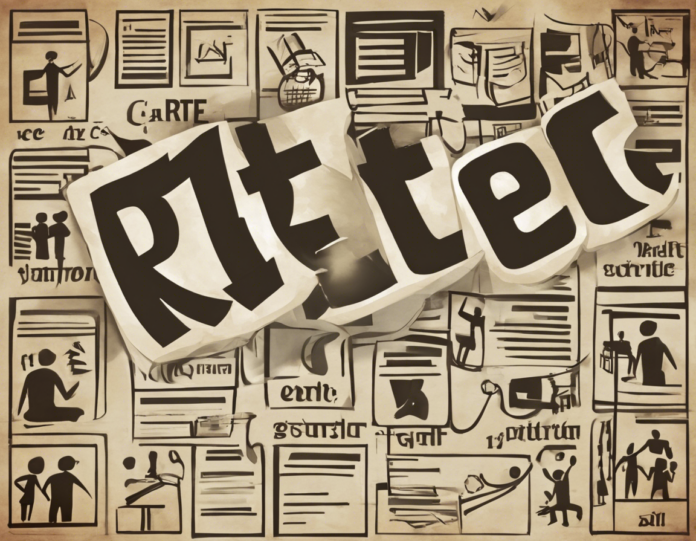In the world of education, the term “RTE” is frequently used, but many people are unfamiliar with its full form and significance. RTE stands for the Right to Education Act, a landmark legislation enacted in India in 2009. This act has had a profound impact on the education system in the country, aiming to provide free and compulsory education to all children aged between 6 and 14.
What is the Right to Education Act (RTE)?
The Right to Education Act, also known as RTE, is an act of the Indian Parliament that was enacted on August 4, 2009. The primary objective of this act is to provide free and compulsory education to all children in the age group of 6 to 14 years. The RTE Act is based on the belief that every child has the right to quality education, regardless of their social or economic background.
Key Provisions of the RTE Act:
-
Free Education: The RTE Act mandates that every child has the right to free education in a neighborhood school till the completion of elementary education.
-
Compulsory Education: It is compulsory for the government to ensure that every child in the age group of 6 to 14 years is enrolled in school and attends school regularly.
-
Infrastructure: The act also emphasizes the importance of providing schools with the necessary infrastructure and facilities to ensure a conducive learning environment.
-
Quality Education: The RTE Act focuses on improving the quality of education by setting certain standards for infrastructure, teacher-student ratio, and curriculum.
-
No Discrimination: The act prohibits discrimination in schools on the basis of caste, religion, gender, or economic status.
Challenges Faced in Implementation of RTE:
Despite the noble intentions of the RTE Act, there have been several challenges faced in its implementation:
-
Infrastructure: Many schools lack basic infrastructure such as classrooms, toilets, and drinking water facilities.
-
Teacher Shortage: There is a shortage of qualified teachers in many schools, leading to poor quality of education.
-
Quality of Education: While the act aims to improve the quality of education, the standards set are often not met.
-
Dropout Rates: Despite the act’s provision for compulsory education, dropout rates remain high due to various social and economic factors.
Impact of RTE Act:
Since its implementation, the RTE Act has had a significant impact on the education system in India:
-
Increased Enrollment: The act has led to a significant increase in the enrollment of children in schools, especially from marginalized communities.
-
Accessibility: The RTE Act has made education more accessible to children from all sections of society.
-
Empowerment: By providing free and compulsory education, the act empowers children and enables them to break the cycle of poverty.
-
Awareness: The RTE Act has also raised awareness about the importance of education and the rights of children.
Frequently Asked Questions (FAQs):
1. What is the age group covered under the RTE Act?
The RTE Act covers children in the age group of 6 to 14 years.
2. What are the key provisions of the RTE Act?
The key provisions of the RTE Act include free and compulsory education, infrastructure development, quality education, and non-discrimination.
3. What are the challenges faced in the implementation of the RTE Act?
Challenges in implementation include lack of infrastructure, teacher shortage, poor quality of education, and high dropout rates.
4. How has the RTE Act impacted the education system in India?
The RTE Act has led to increased enrollment, improved accessibility, empowerment of children, and raised awareness about the importance of education.
5. What measures can be taken to address the challenges in implementing the RTE Act?
Measures such as improving infrastructure, recruiting more teachers, enhancing quality of education, and addressing socio-economic factors can help in better implementation of the RTE Act.
6. Is the RTE Act applicable only to government schools?
The RTE Act is applicable to both government and private schools, mandating certain norms and standards to be followed by all schools.
7. How can parents ensure that their child benefits from the RTE Act?
Parents can ensure that their child is enrolled in school and attends regularly, monitors the quality of education provided, and raises concerns with the school authorities if necessary.
8. What role can the community play in supporting the implementation of the RTE Act?
Communities can support the implementation of the RTE Act by raising awareness, volunteering at schools, providing resources, and advocating for better education policies.
9. How can the government address the challenges faced in implementing the RTE Act?
The government can address challenges by allocating more funds for education, conducting regular monitoring and evaluation, training teachers, and involving stakeholders in the decision-making process.
10. What are the long-term benefits of the RTE Act for the society?
The long-term benefits of the RTE Act include a more educated and empowered population, reduced poverty and inequality, improved social cohesion, and overall economic development.
In conclusion, the Right to Education Act (RTE) is a significant step towards ensuring inclusive and quality education for all children in India. While challenges exist in its implementation, the act has had a positive impact on the education system and the lives of millions of children. It is essential for all stakeholders – including government, schools, parents, and communities – to work together to overcome these challenges and fulfill the vision of the RTE Act.










